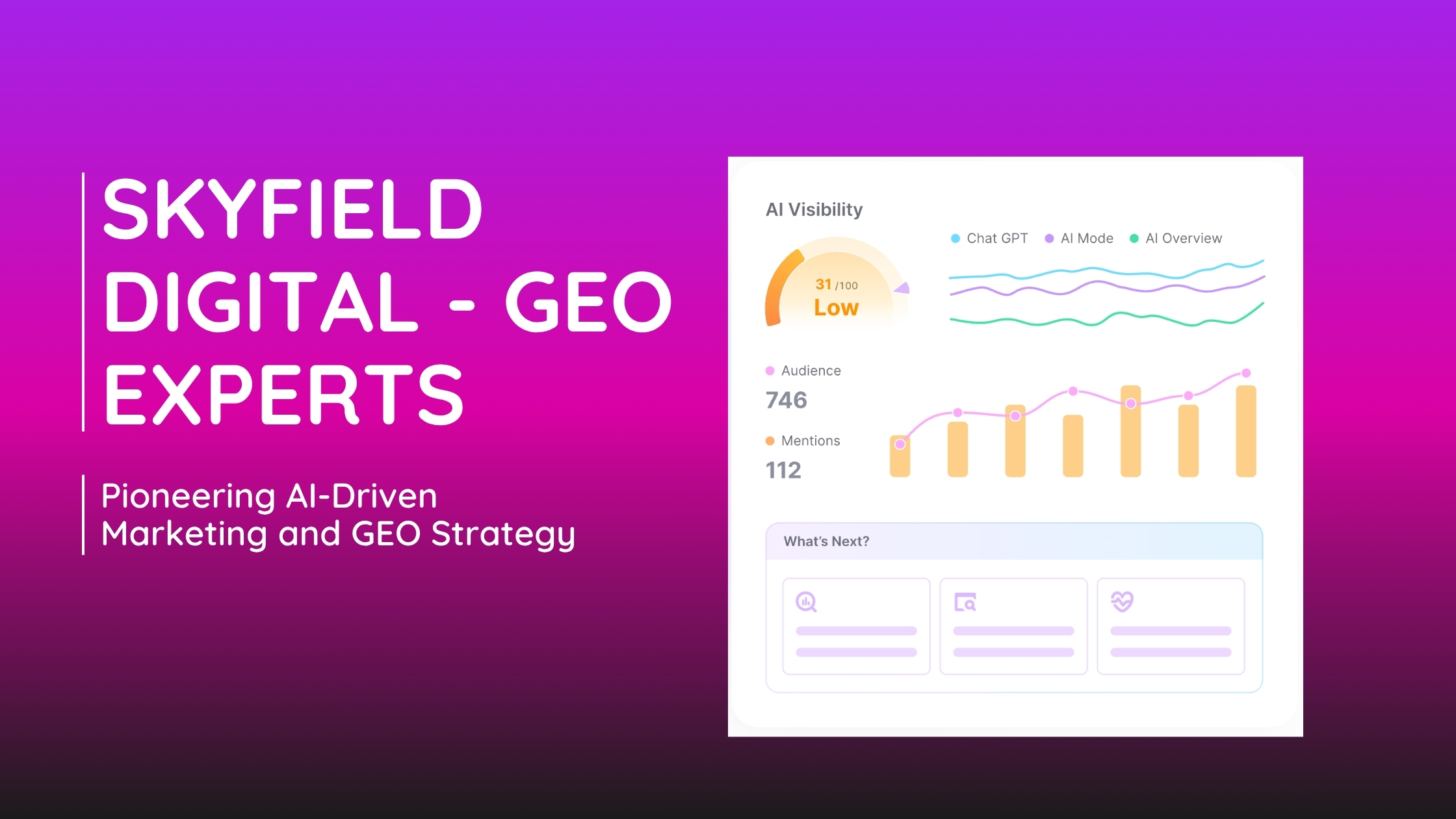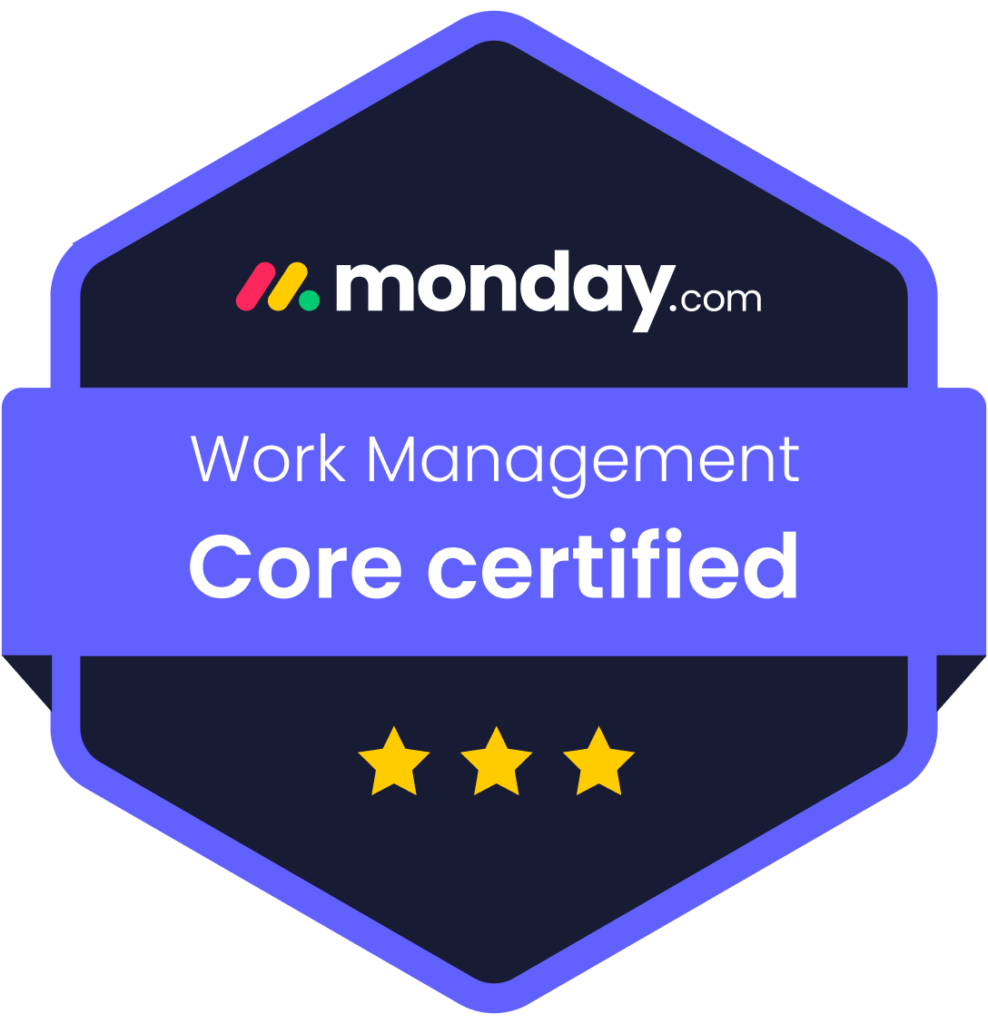Search Engine Optimization (SEO) is a game-changer for businesses looking to rank higher on Google, drive organic traffic, and increase conversions. However, with Google’s ever-changing algorithms, staying ahead requires a strategic and well-executed SEO plan. In this guide, we’ll break down 10 proven strategies to help you improve your website’s SEO performance and dominate search rankings.
1. Optimize for Core Web Vitals & Page Speed
Google’s Core Web Vitals measure user experience by assessing:
- Largest Contentful Paint (LCP): Measures loading speed (ideal is under 2.5 seconds).
- First Input Delay (FID): Measures interactivity (ideal is under 100ms).
- Cumulative Layout Shift (CLS): Measures visual stability (low CLS is better).
How to Improve Page Speed:
- Compress images and use next-gen formats (WebP).
- Enable browser caching to reduce load time.
- Use a Content Delivery Network (CDN) for faster global performance.
- Minimize unnecessary scripts and plugins.
- Upgrade to a high-performance hosting provider.
2. Conduct In-Depth Keyword Research
Effective SEO starts with targeting the right keywords. Instead of guessing, use keyword research tools like:
- Google Keyword Planner (for search volume insights).
- Ahrefs or SEMrush (for competitor analysis).
- AnswerThePublic (for long-tail keyword ideas).
Best Practices for Keyword Optimization:
- Target long-tail keywords with lower competition (e.g., “best SEO tools for small businesses” instead of just “SEO tools”).
- Optimize for search intent (informational, navigational, or transactional).
- Use semantic keywords (related terms) to enhance topic relevance.
3. Create High-Quality, SEO-Optimized Content
Content remains king in SEO. Google favors valuable, in-depth, and user-focused content that solves problems.
Tips for Creating SEO-Optimized Content:
- Write long-form, high-value blog posts (1,500+ words).
- Use H1, H2, H3 headers to structure content properly.
- Place keywords naturally within title tags, meta descriptions, and first 100 words of content.
- Add internal and external links to boost credibility.
- Keep paragraphs short and readable for better UX.
4. Optimize On-Page SEO Elements
On-page SEO factors directly impact search rankings. Optimizing these elements will give your pages an edge over competitors.
Key On-Page SEO Elements to Optimize:
- Title Tags – Keep them under 60 characters, include primary keywords, and make them compelling.
- Meta Descriptions – Write engaging summaries under 160 characters to boost CTR.
- URL Structure – Keep URLs short, keyword-rich, and free of unnecessary words.
- Image Alt Text – Describe images using relevant keywords for better rankings in Google Image Search.
5. Implement Internal Linking for Better Navigation
Internal linking is crucial for SEO and user experience. It helps Google crawl and index pages more effectively.
How to Use Internal Linking Effectively:
- Link to relevant blog posts and service pages to keep users engaged.
- Use descriptive anchor text (avoid generic phrases like “click here”).
- Ensure your most important pages receive the most links (e.g., cornerstone content).
6. Build High-Quality Backlinks for Authority
Backlinks are one of Google’s top ranking factors. When authoritative sites link to your content, it signals trust and credibility.
Proven Link-Building Strategies:
- Guest Posting – Write for authoritative blogs in your industry.
- HARO (Help a Reporter Out) – Get featured in high-traffic publications.
- Broken Link Building – Find broken links on other sites and suggest your content as a replacement.
- Skyscraper Technique – Improve existing high-ranking content and get others to link to yours.
7. Optimize for Mobile-First Indexing
With 60%+ of searches coming from mobile devices, Google now prioritizes mobile-friendly websites.
How to Optimize for Mobile SEO:
- Use responsive design that adapts to all screen sizes.
- Improve page speed with lightweight images.
- Make buttons and CTAs easy to tap.
- Avoid intrusive pop-ups that hurt user experience.
8. Improve User Experience (UX) Signals
Google uses user behavior metrics like bounce rate and dwell time to rank pages. A better user experience = higher rankings.
Ways to Improve UX:
- Increase Readability – Use short paragraphs, bullet points, and bold text for key insights.
- Improve Site Navigation – Ensure easy-to-use menus and search functionality.
- Enhance Visual Content – Use engaging images, videos, and infographics.
- Reduce Bounce Rate – Offer valuable content and clear CTAs.
9. Leverage Schema Markup for Rich Snippets
Schema markup (structured data) enhances search listings by adding extra details like:
- Reviews and Ratings
- Event Information
- FAQs and How-To Guides
How to Implement Schema Markup:
- Use Google’s Structured Data Testing Tool to validate schema code.
- Add FAQ schema to get featured in Google’s People Also Ask section.
- Use Local Business Schema for better visibility in local searches.
10. Monitor & Adjust with SEO Analytics
SEO isn’t “set it and forget it.” You must track performance and adjust strategies based on data insights.
Best SEO Analytics Tools:
- Google Analytics – Tracks traffic, user behavior, and conversions.
- Google Search Console – Monitors keyword rankings and technical SEO issues.
- Ahrefs/SEMrush – Provides backlink analysis and competitive insights.
Conclusion
Improving your SEO performance isn’t about quick fixes—it’s about consistent, strategic optimization over time. By enhancing page speed, creating valuable content, optimizing for mobile, and building high-quality backlinks, your website can rank higher and drive long-term organic traffic.
SEO success requires patience, but the rewards—better visibility, more traffic, and increased conversions—are well worth the effort.













